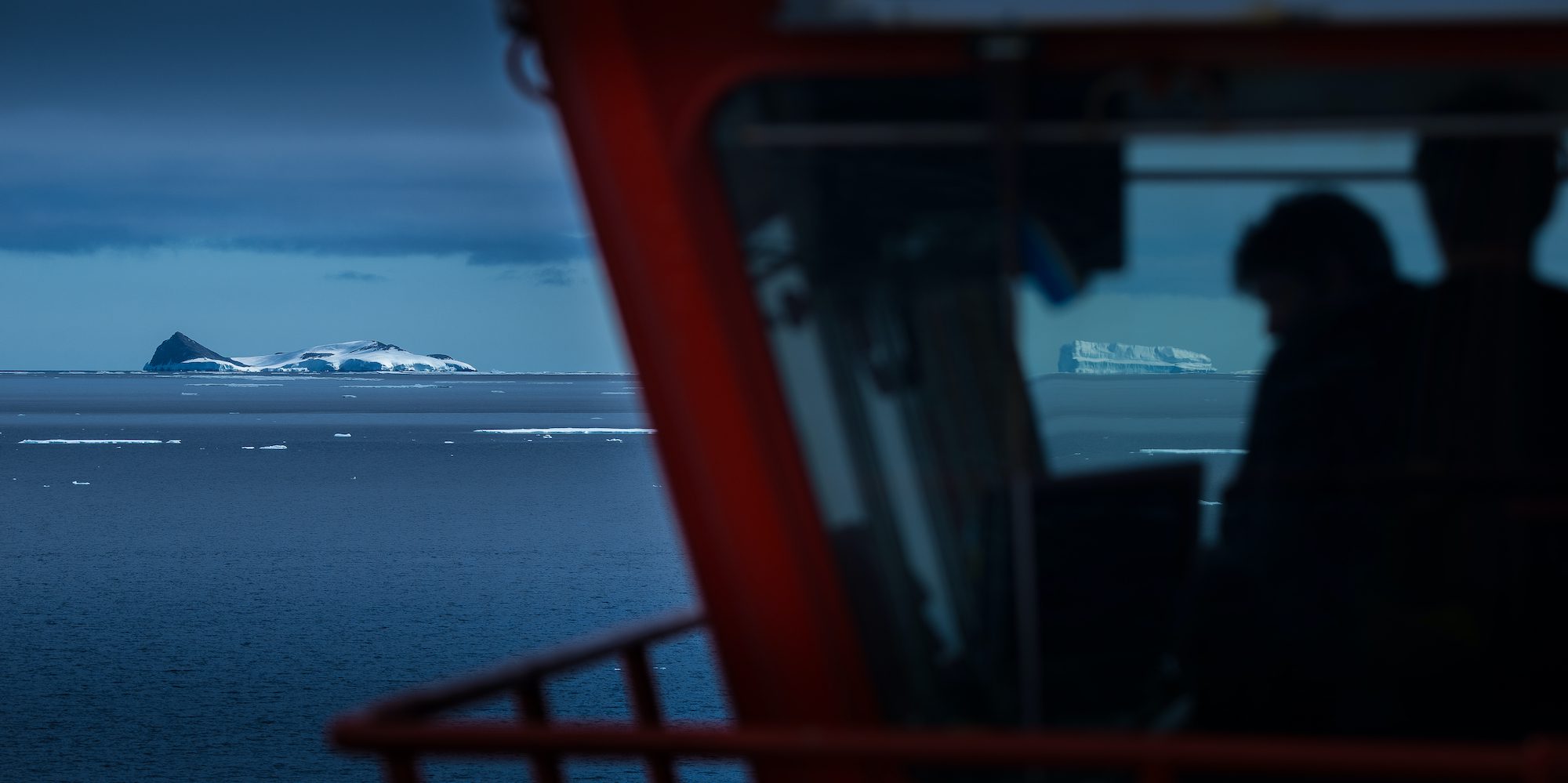By Yereth Rosen and Timothy Gardner
ANCHORAGE, Alaska, Dec 14 (Reuters) – Following another year of stark climate impacts in the Arctic, scientists warned Tuesday of a new scourge hitting the region: marine trash.
With the region warming twice as fast as the rest of the world, sea ice that has long blanketed the Arctic Ocean is disappearing, opening new routes to shipping. Scientists began noticing the trash bobbing in the icy water or piling up on Alaska Bering Strait-area beaches last year.
“That’s a direct result of increased human maritime activities,” said climate scientist Rick Thoman of the Alaska Center for Climate Assessment and Policy, one of the lead editors of the 2021 Arctic Report Card released by the National Oceanic and Atmospheric Administration (NOAA).
The garbage shows “what climate change is allowing people to do in the region,” he said. Russian was the most common language on debris found in the Bering Strait on items where language could be identified, NOAA has said.
Between 2016 and 2019, voyages by fishing, cargo and military ships jumped 58% along the region’s busiest lane along the Siberian coast, and experts say the traffic will rise further as global temperatures continue to climb.
With the shipping traffic also comes noise. Underwater soundscapes in the Arctic have become rowdier with the rumble of ships passing, a problem for marine mammals who rely on sound to navigate and socialize, Thoman said.
The annual report, released at the conference of the American Geophysical Union, noted a new springtime sea ice record low in 2021, among other signs that climate change is fast transforming the region.
This year also saw the first rainfall on record over Greenland’s highest elevation. And earlier Tuesday, the World Meteorological Organisation confirmed a new record high temperature for the Arctic in June 2020, when the Siberian town of Verkhoyansk hit a sweltering 38 Celsius (100 Fahrenheit).
“People who are living in the Arctic are already experiencing major challenges,” said report co-author Anna Liljedahl, a climate scientist with the Woodwell Climate Research Center.
WARMER AND GREENER
By most annual metrics, 2021 was not an extraordinary year for Arctic warming. But it fit squarely with the trend of warming well beyond the rate of the global average. Average air temperatures were the seventh warmest on record over the last year, but hit a record high for the fall season of 2020, the report said.
And while the annual sea ice minimum in September was the 12th lowest on record, scientists noted that all 15 of the lowest minimums have occurred in the last 15 years.
“The loss of the great white cap that once covered the top of the world is one of the most iconic indicators of climate change,” said Rick Spinrad, the NOAA administrator.
Meanwhile, thawing permafrost and melting glaciers are undermining infrastructure and damaging livelihoods, the report warned. Especially worrying are landslides from once-frozen coastal cliffsides or mountains that now threaten to trigger tsunamis, as happened in 2017 in western Greenland, where a landslide-triggered tsunami at Karrat Fjord killed four people.
The last two summers also displayed exceptional “greenness” on the Arctic tundra – a measure of plant productivity. The greenness measure for the summer of 2020 was the highest on record, and preliminary data suggest that 2021 had the second-highest greenness, according to the report.
The five highest tundra greening years on record have all occurred in the last 10 years.
That greening comes with consequences, not least the appearance of more beavers whose dam-building results creates ponds that result in even more thawing, the report said.
“Almost anytime you pool water on the tundra, put a new pond in place, you’re going to begin to rapidly thaw the permafrost surrounding it,” said Ken Tape, one of the report’s authors. It’s still unclear how much beaver activity might contribute to the release of carbon dioxide and methane from the once-frozen ground.
(Reporting by Yereth Rosen in Achorage and Timothy Gardner in Washington; Additional reporting by Emma Farge in Geneva; Editing by Katy Daigle and Lisa Shumaker)
(c) Copyright Thomson Reuters 2021.
Sign up for our newsletter

 Join The Club
Join The Club












